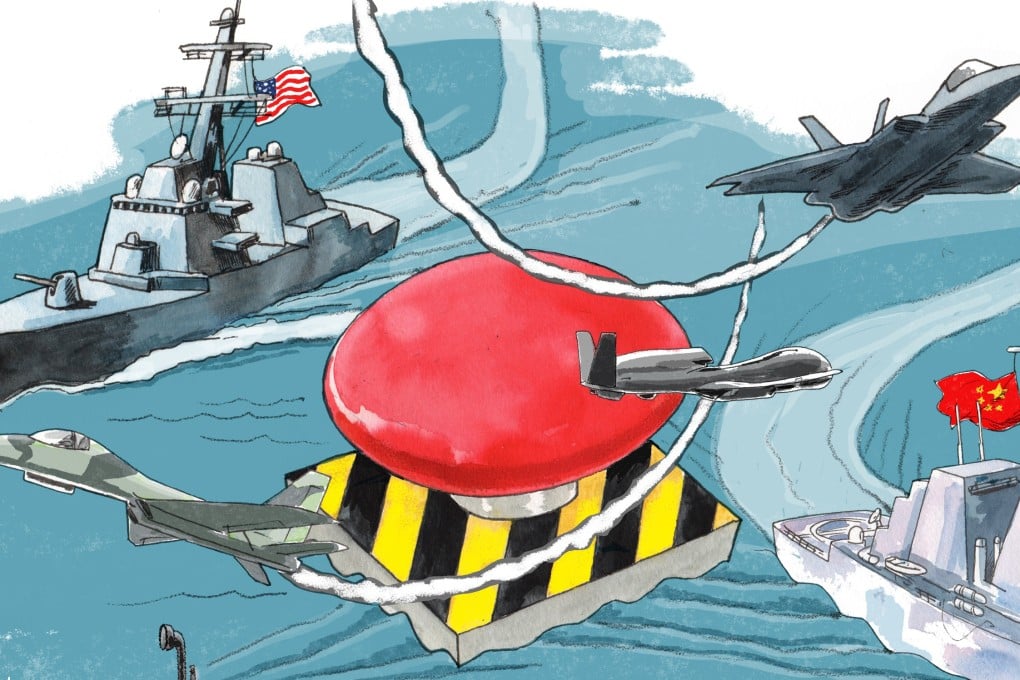Advertisement
Opinion | South China Sea: expect more close calls, high tension in 2023 amid military build-up
- Between the dynamics of the fraught US-China rivalry and competition for resources between China and Southeast Asian states, there is much that could go wrong
- The lack of any binding framework and parties frequently ignoring existing rules offer little hope for anything other than more near misses and stand-offs
Reading Time:4 minutes
Why you can trust SCMP
13

The political-military situation in the South China Sea is a dangerous one that fosters incidents when and where the security interests and actions of the main protagonists clash. The recent “near miss” between a Chinese fighter jet and a US military plane was no one-off. The outlook for 2023 is for more of the same, although incidents could vary in severity and escalation with the tenor of the relations between parties.
China is rapidly enhancing its ability to project power in the South China Sea and beyond. Meanwhile, the United States is entering “the most transformative year in US force projection in the region in a generation”.
When the continuing contest over Taiwan and US freedom of navigation operations challenging China’s claims in the South China Sea are added to the mix, it becomes apparent that many things could go wrong. And that is just the US-China dynamic. There is also the competition for resources between China and its rival Southeast Asian claimants.
The overall political environment is driven by the US-China contest for dominance of the region and in particular the South China Sea, where their strategic trajectories converge. China is developing what is known as an “anti-access/area denial strategy” designed to control its near seas and prevent access by the US in the event of a conflict.
The US response is to build the capacity to hamper China’s command, control, communications, computer and intelligence, surveillance and reconnaissance systems (ISR). Thus, ISR is the tip of the spear for both, and both are trying to dominate it over, on and under China’s near seas.
Of particular importance to Beijing, the South China Sea provides relative sanctuary for its retaliatory strike nuclear submarines based in Yulin on Hainan. The US wants to deny China this sanctuary and uses its ISR probes to detect, track and, if necessary, target the subs.

Advertisement
